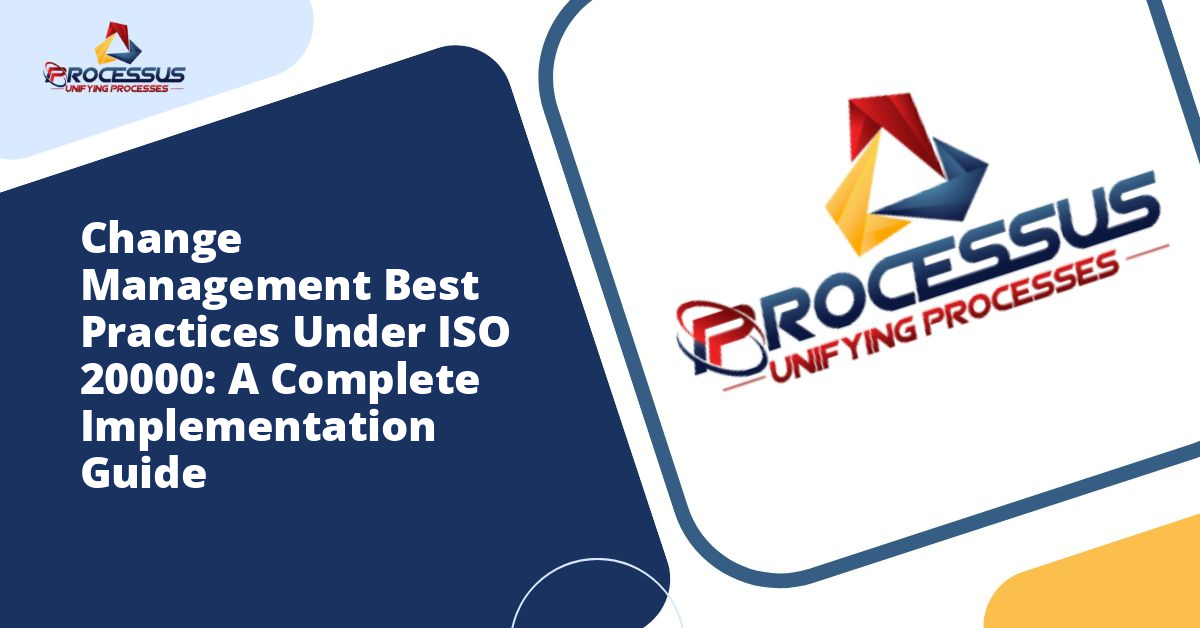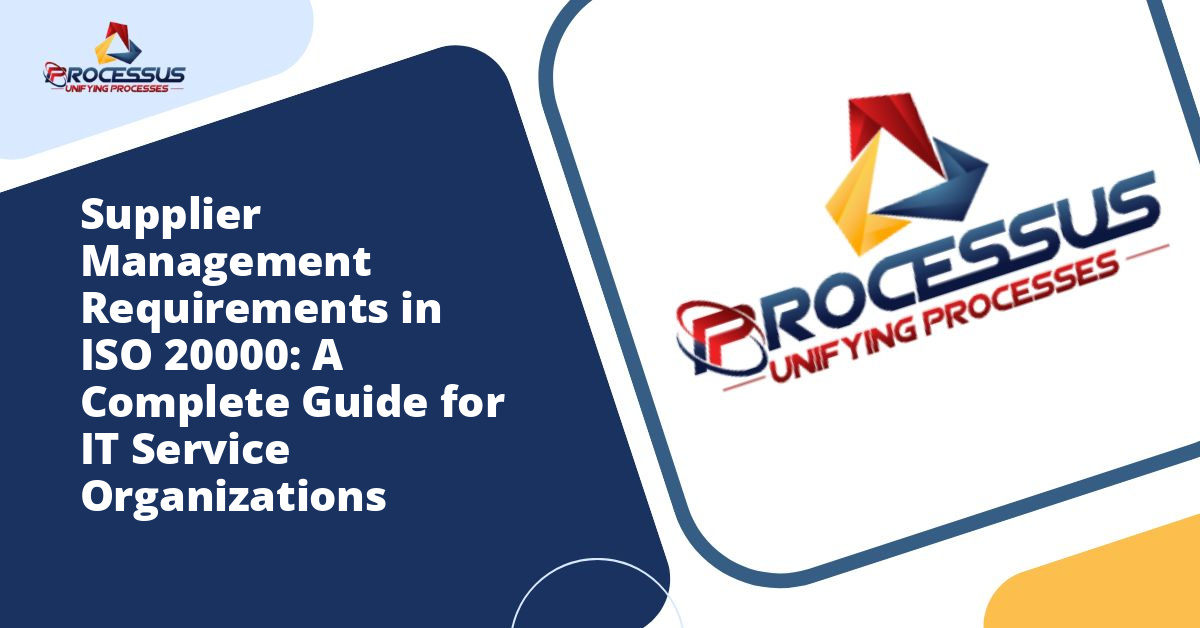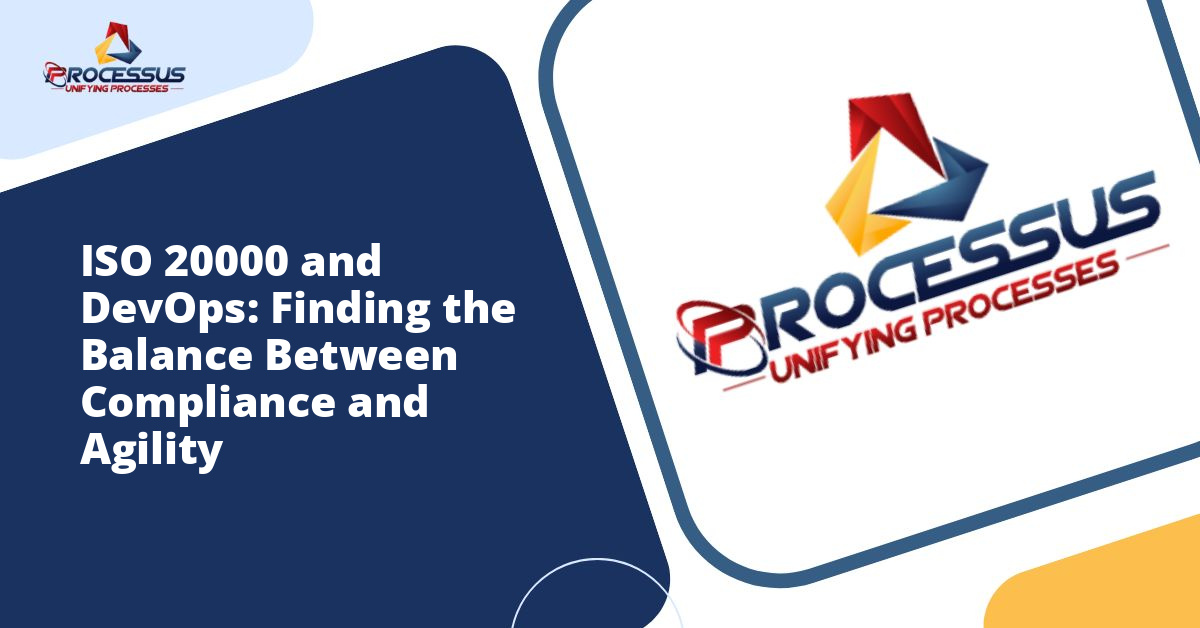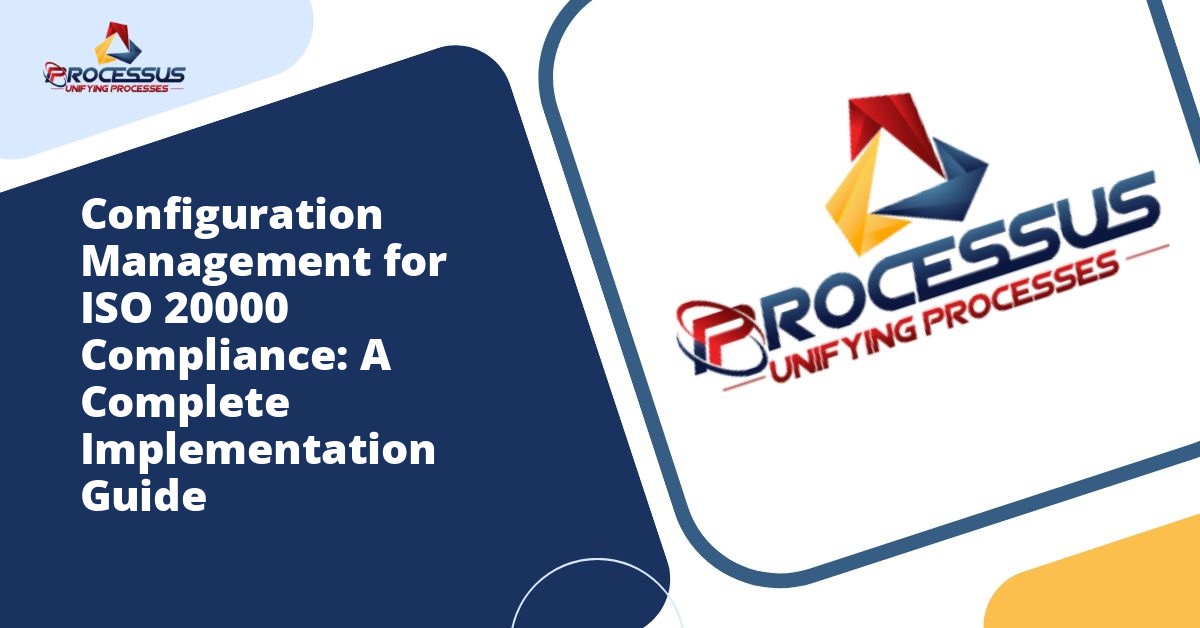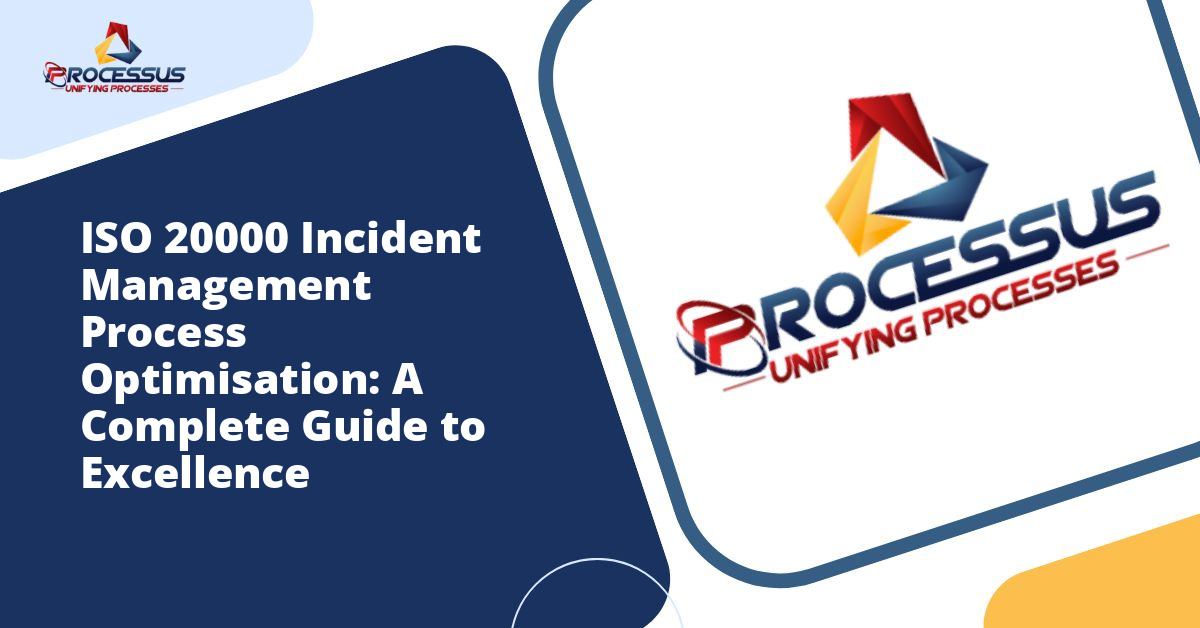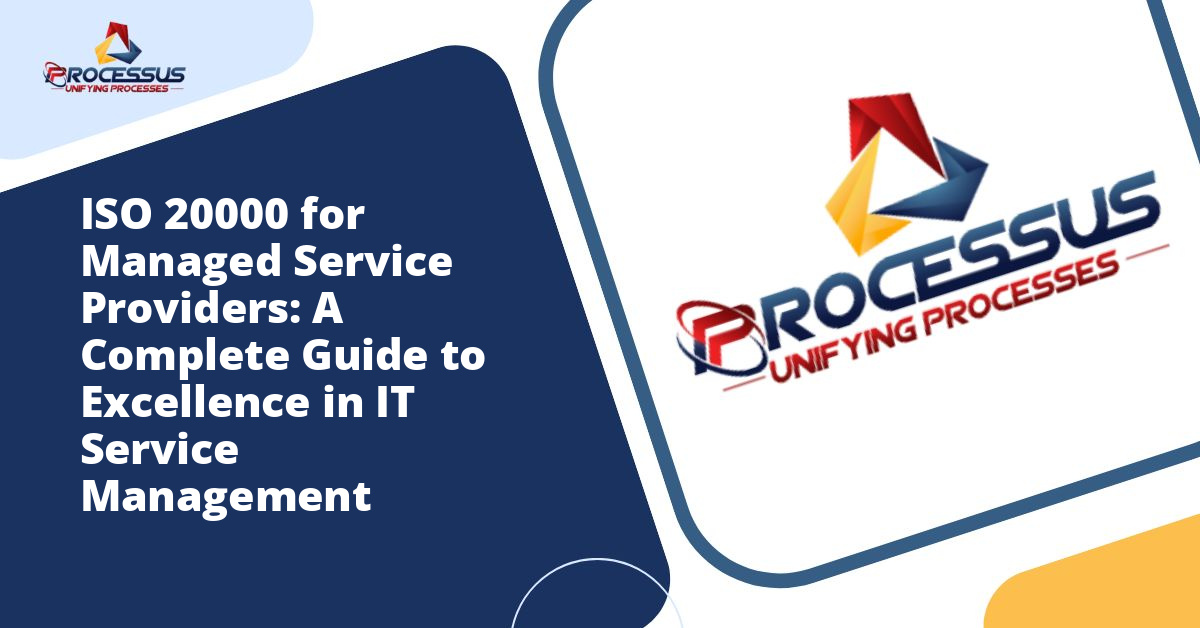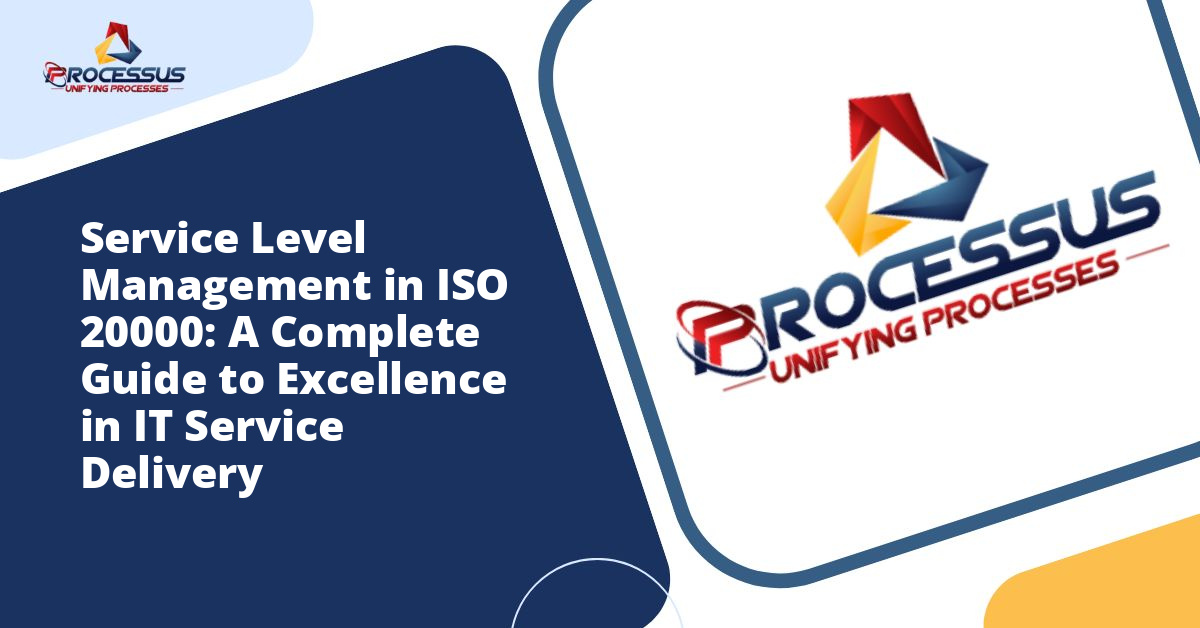Organizations worldwide face constant pressure to adapt their IT services while maintaining stability and quality. Change management has emerged as a critical discipline that determines whether technology transitions succeed or fail. The ISO 20000 standard provides a comprehensive framework for managing these changes effectively, ensuring that organizations can evolve without compromising service delivery or security.
Understanding how to implement change management according to ISO 20000 requirements is essential for any organization seeking to maintain certification or improve their IT service management practices. This guide explores proven best practices that help organizations navigate the complexities of change while adhering to international standards. You might also enjoy reading about Service Level Management in ISO 20000: A Complete Guide to Excellence in IT Service Delivery.
Understanding Change Management in ISO 20000 Context
Change management within ISO 20000 refers to the systematic approach to dealing with modifications to IT infrastructure, processes, documentation, or services. The standard recognizes that change is inevitable in modern IT environments but must be controlled to prevent service disruptions and maintain quality standards. You might also enjoy reading about ITIL vs ISO 20000: A Complete Guide to Understanding Their Relationship and Differences.
The ISO 20000 framework emphasizes that every change, regardless of size, should follow a structured process. This approach ensures that changes are properly evaluated, authorized, tested, and implemented with minimal risk to existing services. The standard requires organizations to maintain detailed records of all changes, creating an audit trail that supports continuous improvement and regulatory compliance. You might also enjoy reading about ISO 20000 for Managed Service Providers: A Complete Guide to Excellence in IT Service Management.
Organizations often struggle with balancing agility and control. ISO 20000 addresses this challenge by requiring different change categories with appropriate levels of oversight. This tiered approach allows routine changes to proceed quickly while ensuring that complex or high-risk modifications receive thorough scrutiny.
Establishing a Change Management Policy
A robust change management policy forms the foundation of effective change control. This policy should clearly define the scope of change management activities, specify roles and responsibilities, and establish the criteria for categorizing changes based on risk and impact.
The policy must be documented, communicated to all relevant stakeholders, and regularly reviewed for effectiveness. It should align with the organization’s overall service management strategy and support business objectives. Leadership commitment is essential because change management requires resources, time, and consistent enforcement of procedures.
Your change management policy should address several key elements. First, it must define what constitutes a change within your organization. Some modifications may seem minor but can have cascading effects on other systems or services. Second, the policy should establish clear authority levels for different change types. This ensures that decisions are made by individuals with appropriate knowledge and accountability.
Creating a Change Advisory Board
The Change Advisory Board (CAB) represents a cornerstone of ISO 20000 change management. This body brings together representatives from various departments to evaluate proposed changes, assess risks, and make informed decisions about implementation timing and approaches.
Effective CABs include members from IT operations, security, application development, infrastructure, and business units. This diversity ensures that changes are evaluated from multiple perspectives, reducing the likelihood of overlooking important considerations. The CAB should meet regularly, with the frequency determined by the volume and urgency of changes in your environment.
The CAB operates most effectively when it has clear terms of reference. These should specify voting procedures, quorum requirements, escalation paths for urgent changes, and documentation standards. While the CAB provides recommendations and approvals, it should not become a bottleneck that slows necessary changes. Organizations must balance thoroughness with efficiency.
Some organizations implement an Emergency CAB (ECAB) for urgent situations. This smaller group can convene quickly to evaluate changes that cannot wait for the next scheduled CAB meeting. The ECAB should include senior technical staff and a business representative who can assess the risk of implementing versus delaying the change.
Implementing Change Categories and Priority Levels
ISO 20000 best practices include establishing multiple change categories that reflect different risk levels and processing requirements. Standard changes are pre-approved modifications that follow established procedures and carry low risk. These might include routine software updates, password resets, or adding users to distribution lists.
Normal changes require evaluation and approval before implementation. These modifications have not been pre-authorized and may affect multiple systems or users. Normal changes should follow the complete change management process, including impact assessment, CAB review, and documented approval.
Emergency changes address critical situations that threaten service availability or security. While these changes need expedited processing, they still require appropriate authorization and documentation. Organizations should review emergency changes retrospectively to determine whether they were genuinely urgent and whether similar situations can be prevented in the future.
Priority levels help organizations allocate resources appropriately. High-priority changes address significant business needs or security vulnerabilities. Medium-priority changes support ongoing operations but are not time-critical. Low-priority changes might include enhancements or optimizations that can be scheduled during maintenance windows.
Developing a Request for Change Process
Every change begins with a Request for Change (RFC). This formal document captures essential information about the proposed modification, including its purpose, scope, expected benefits, and potential risks. A well-designed RFC template ensures consistency and provides evaluators with the information needed to make informed decisions.
The RFC should identify the change requester, business justification, affected systems and services, implementation approach, testing requirements, and rollback procedures. It should also include an impact assessment that considers technical, operational, security, and business implications. This comprehensive view helps stakeholders understand the full consequences of proceeding with the change.
Organizations should implement a centralized system for submitting and tracking RFCs. Modern service management tools provide workflows that route requests to appropriate approvers, maintain version history, and link changes to related incidents or problems. This centralization improves visibility and enables better reporting and analysis.
The RFC approval process should be clearly defined with specific criteria for acceptance or rejection. Approvers need authority to request additional information, suggest modifications to the implementation plan, or defer changes until dependencies are resolved. Transparency in decision-making builds trust and helps requesters understand why changes are approved or denied.
Conducting Thorough Impact and Risk Assessments
Impact assessment is a critical step that identifies which services, systems, and users will be affected by a proposed change. This analysis should consider both direct and indirect effects. A database modification might directly affect the database server but indirectly impact applications that rely on that database.
Risk assessment evaluates the likelihood and potential consequences of things going wrong. What happens if the change fails during implementation? What if unexpected side effects emerge after deployment? What if the change must be rolled back? Answering these questions helps organizations prepare contingency plans and make risk-informed decisions.
Effective risk assessment requires technical expertise and business knowledge. Technical staff can identify implementation risks and potential conflicts with existing configurations. Business representatives can assess the impact on operations, customers, and revenue. This collaboration ensures comprehensive risk evaluation.
Organizations should use a consistent risk rating system that combines probability and impact scores. This standardization enables meaningful comparisons between changes and helps prioritize resources. High-risk changes may require additional testing, extended maintenance windows, or phased implementation approaches.
Planning and Scheduling Changes Effectively
Successful change implementation requires careful planning. Change plans should detail every step of the implementation process, identify required resources, specify timeframes, and assign responsibilities. The level of detail should be proportionate to the change’s complexity and risk.
Testing is an essential component of change planning. Changes should be tested in non-production environments that closely resemble the production setting. Testing validates that the change achieves its intended purpose and does not create unintended consequences. Test results should be documented and reviewed before production implementation.
Scheduling changes requires balancing multiple considerations. Organizations must minimize service disruption while maintaining momentum on important initiatives. Many organizations establish change windows during periods of low usage, such as weekends or late nights. However, these windows must be coordinated to ensure adequate staff availability and avoid conflicting changes.
The Forward Schedule of Changes (FSC) provides visibility into upcoming modifications. This schedule should be shared with all stakeholders, allowing them to plan accordingly and identify potential conflicts. The FSC helps coordinate related changes and ensures that the organization does not attempt too many modifications simultaneously.
Implementing Communication Strategies
Effective communication is essential throughout the change lifecycle. Stakeholders need timely, accurate information about upcoming changes, implementation status, and outcomes. Communication plans should identify who needs information, what they need to know, and when they need to receive it.
Pre-implementation communication prepares users and support teams for changes. Notifications should explain what is changing, why the change is necessary, when it will occur, and how it might affect them. This advance notice reduces confusion and helps support teams prepare for potential inquiries or issues.
During implementation, status updates keep stakeholders informed about progress. If problems arise, prompt communication allows affected parties to take appropriate action. Transparency builds trust and demonstrates that the organization takes its service commitments seriously.
Post-implementation communication confirms that changes have been completed and provides information about any ongoing effects. If the change did not go as planned, honest communication about problems and remediation steps maintains credibility and manages expectations.
Developing Rollback and Remediation Plans
Not every change succeeds as planned. Organizations must prepare for scenarios where changes must be reversed or modified. Rollback plans detail how to restore systems to their pre-change state if problems occur. These plans should be tested to ensure they work when needed.
Rollback procedures should include clear trigger criteria that define when rollback should be initiated. These criteria might include service outages, performance degradation beyond acceptable thresholds, or security vulnerabilities. Decision authority for initiating rollback should be clearly assigned to avoid delays during critical situations.
Some changes cannot be fully rolled back. In these cases, organizations need remediation plans that address problems without complete reversal. Remediation might involve applying patches, adjusting configurations, or implementing workarounds. These plans should be developed during the change planning phase, not improvised during a crisis.
Organizations should maintain backup copies of configurations, code, and data before implementing changes. These backups enable rollback and provide a safety net if unexpected problems emerge. Backup verification ensures that recovery is possible if needed.
Reviewing and Learning from Changes
Post-implementation review is a requirement under ISO 20000 and a best practice that drives continuous improvement. These reviews evaluate whether changes achieved their objectives, were implemented according to plan, and created any unexpected effects. Honest assessment helps organizations improve future change management efforts.
Reviews should occur shortly after implementation while details are fresh but allow enough time to identify latent issues. The review should involve all key participants, including the change requester, implementers, CAB members, and affected business units. Multiple perspectives provide a complete picture of change outcomes.
Organizations should document lessons learned and incorporate them into change management processes. If a particular type of change consistently causes problems, the organization might need better testing procedures, additional training, or revised implementation approaches. Continuous improvement transforms change management from a compliance exercise into a strategic capability.
Metrics and reporting provide visibility into change management performance. Organizations should track metrics such as change success rates, rollback frequency, emergency change volume, and changes causing incidents. These metrics identify trends and highlight areas needing attention. Regular reporting to management ensures that change management receives appropriate support and resources.
Managing Change in Modern IT Environments
Contemporary IT environments present unique change management challenges. Cloud services, agile development, continuous integration and deployment, and DevOps practices all require organizations to adapt traditional change management approaches. ISO 20000 principles remain relevant, but implementation must accommodate faster-paced, more automated environments.
Organizations adopting agile methodologies should integrate change management into sprint planning and release processes. Rather than treating each code commit as a separate change, organizations might manage changes at the release level while maintaining appropriate controls for production deployments.
Automation can accelerate change processes while improving consistency. Automated testing, deployment tools, and configuration management systems reduce manual effort and human error. However, automation does not eliminate the need for oversight. Organizations must ensure that automated changes follow appropriate approval processes and maintain audit trails.
Cloud services introduce dependencies on external providers. Change management must account for provider-initiated changes that may affect your services. Service level agreements should address change notification requirements and provide mechanisms for input on potentially disruptive modifications.
Integrating Change Management with Other Processes
Change management does not operate in isolation. ISO 20000 requires integration with other service management processes to ensure comprehensive IT governance. Incident management often identifies issues requiring changes to prevent recurrence. Problem management investigates root causes and may request changes to address underlying issues.
Configuration management provides essential information for impact assessment. Understanding what configuration items exist, how they relate to each other, and which services they support enables accurate prediction of change effects. Maintaining an up-to-date configuration management database is essential for effective change management.
Release and deployment management coordinates the implementation of multiple related changes. Rather than deploying changes individually, organizations bundle them into releases that are planned, tested, and implemented together. This approach reduces service disruptions and allows comprehensive testing of interactions between changes.
Capacity management ensures that changes do not exceed available resources. Adding new services or expanding existing ones requires adequate infrastructure capacity. Coordination between change and capacity management prevents performance problems after implementation.
Building a Culture of Change Management
Technical processes and tools are necessary but insufficient for effective change management. Organizations must build a culture that values controlled change and recognizes its importance for service quality and security. This cultural transformation requires leadership commitment, consistent messaging, and visible consequences for bypassing change procedures.
Training ensures that everyone understands their role in change management. Technical staff need detailed knowledge of procedures, tools, and documentation requirements. Business users should understand how to request changes and what information is needed. Management needs awareness of change management’s strategic importance and resource requirements.
Recognition and incentives can reinforce desired behaviors. Acknowledge teams that consistently follow change procedures and achieve high success rates. Address situations where changes are implemented without authorization, not through punishment alone, but by understanding and addressing the underlying reasons for non-compliance.
Change management maturity develops over time. Organizations should not expect perfect compliance immediately but should work steadily toward improvement. Regular assessments identify gaps and opportunities for enhancement. Patience and persistence are essential as change management becomes embedded in organizational culture.
Preparing for ISO 20000 Certification Audits
Organizations seeking ISO 20000 certification must demonstrate mature change management practices. Auditors will review policies, procedures, records, and evidence of consistent implementation. Preparation should begin well before the audit, ensuring that processes are well-established and documented.
Documentation is critical for audit success. Organizations must maintain records of all changes, including RFCs, impact assessments, approval decisions, implementation details, and post-implementation reviews. These records demonstrate compliance and provide evidence of continuous improvement.
Auditors will interview staff to assess understanding and compliance. Everyone involved in change management should be familiar with procedures and able to explain their role. Consistent responses across different interviewees demonstrate that processes are truly embedded rather than just documented.
Non-conformities identified during audits should be addressed promptly and thoroughly. Root cause analysis helps prevent recurrence. Organizations should view audits as opportunities for improvement rather than merely compliance exercises.
Conclusion
Change management under ISO 20000 represents a comprehensive approach to controlling IT modifications while enabling organizational agility. By implementing the best practices outlined in this guide, organizations can minimize risks, reduce service disruptions, and build confidence among stakeholders.
Success requires commitment at all organizational levels, from senior leadership providing resources and support to technical staff executing changes according to established procedures. The investment in robust change management processes pays dividends through improved service quality, reduced incidents, and enhanced ability to adapt to evolving business needs.
Organizations should remember that change management is not about preventing change but about managing it effectively. The goal is to enable safe, efficient modifications that support business objectives while protecting service quality and security. With proper implementation of ISO 20000 principles, change becomes a competitive advantage rather than a source of risk.

